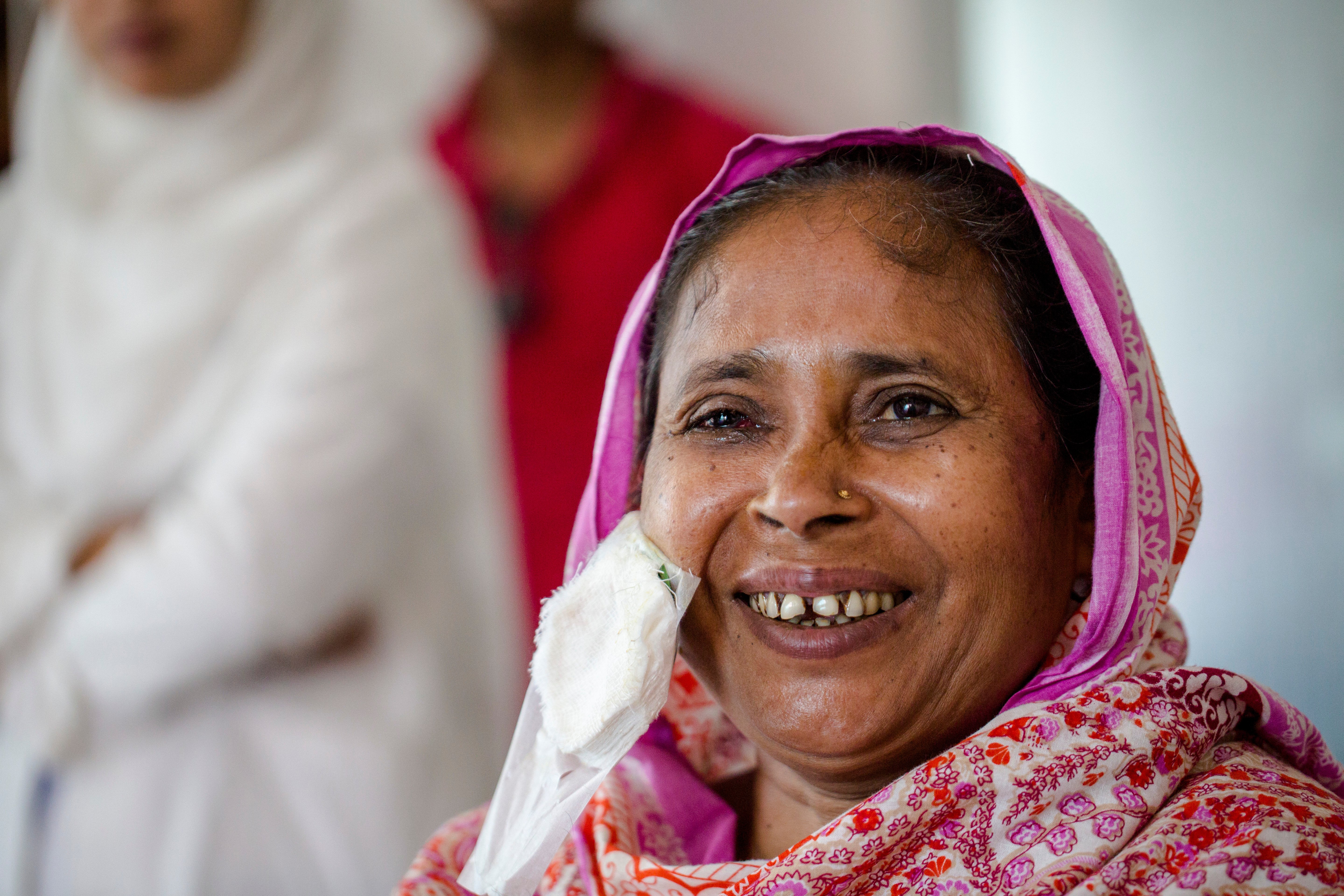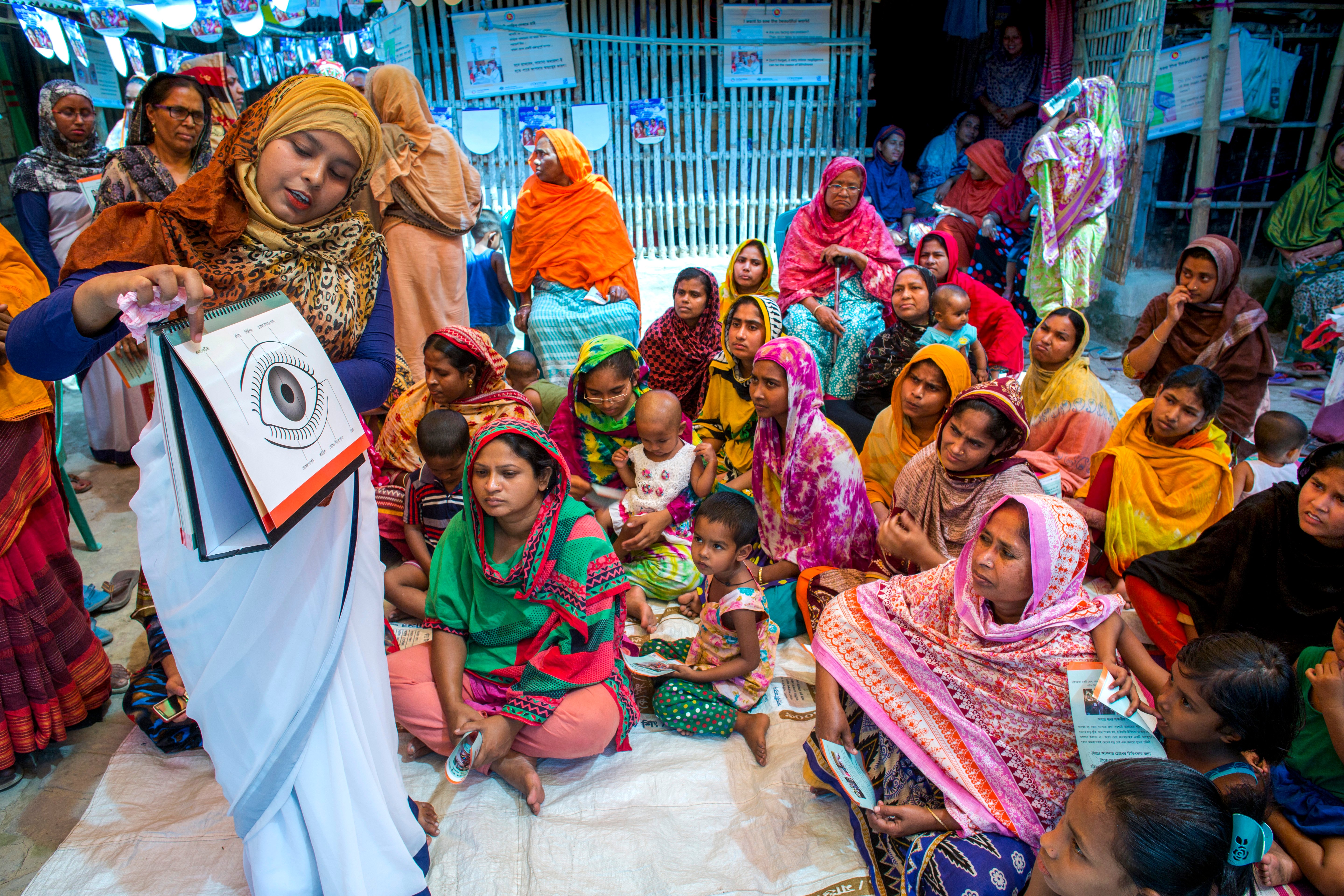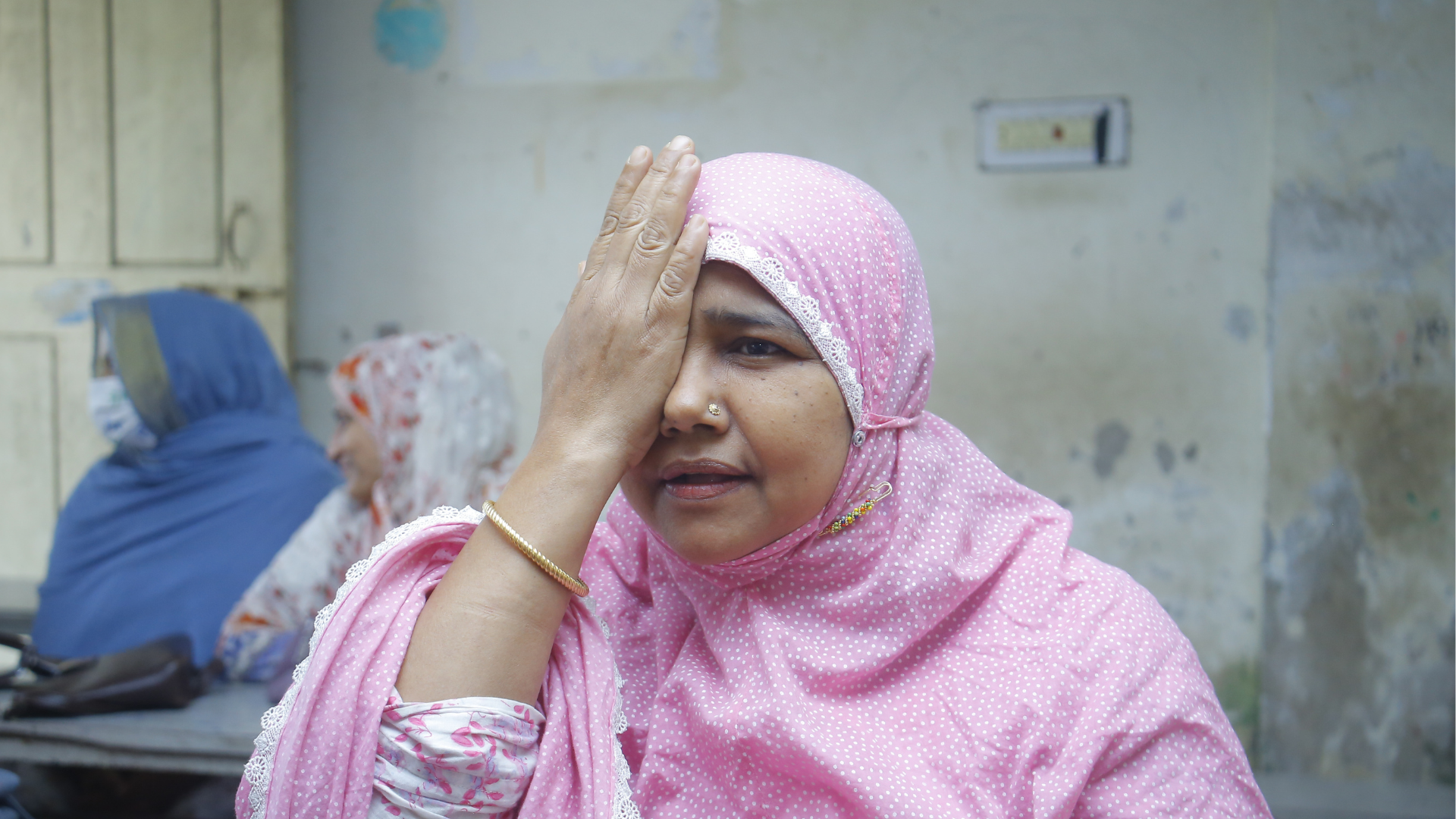Our work in Bangladesh
Bangladesh is a developing country and with a population of more than 164 million people. It is the eighth-most populous country in the world.
In Bangladesh, almost 1.3 million children live with low vision because of refractive error, the second largest cause of visual impairment in the country.
More than 10 million people have diabetes, with an estimated 25% at risk of developing diabetic retinopathy, which can lead to irreversible blindness.
The number of people with diabetes is expected to double in Bangladesh by 2030. Although more than 87% of blindness in Bangladesh is avoidable for people aged 50 years and older, tackling the causes of avoidable blindness remains a challenge because of poverty and the lack of access to medical services.
- 75.8% of blindness in Bangladesh is caused by cataract
- 750,000 people are blind
- More than 6 million people have visual impairment
- 75.8% of blindness in Bangladesh is caused by cataract
- Nearly 1.3 million children live with low vision due to refractive errors
- Nearly 1.85 million people are at risk of developing diabetic retinopathy

The Fred Hollows Foundation has been working in Bangladesh since 2008. The Foundation works closely with government agencies and partners to restore the sight of Bangladeshis.
The Bangladesh program receives partial support from the Australian Government through the Australian NGO Cooperation Program (ANCP).
The Foundation focuses on eliminating avoidable blindness caused by cataract, refractive error and diabetic retinopathy. We train medical staff, renovate facilities, advocate for the integration of eye health care and diabetes care into mainstream health and raise public awareness.
The Foundation was the first eye health organisation to arrive in Cox’s Bazar to deliver eye care services to the Rohingya refugees and restore sight to some of the most vulnerable people in the world.

In 2024, The Foundation and its partners made great progress in key strategic areas in South Asia and the Middle East:
1,044,706
People screened.
163,853
Eye operations and treatments performed including 100,263 cataract operations, 4,849 diabetic retinopathy treatments and 58,741 other sight saving or improving interventions.
66,729
Pairs of glasses distributed.
7,581
People trained including community health workers, surgeons, clinic support staff and teachers.
235,608
School children and community members educated in eye health and sanitation.
243
Facilities built, equipped or renovated.
The countries in South Asia and the Middle East that The Foundation works in are Pakistan, Bangladesh, Myanmar, Nepal, the Occupied Palestinian Territories, Jordan and Afghanistan.
